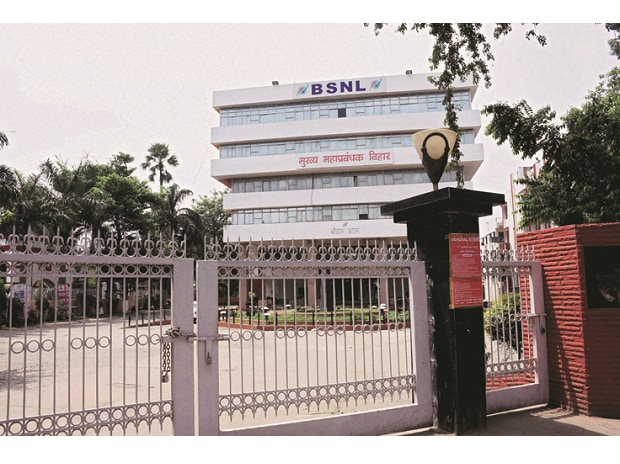State-owned BSNL behind private telecom firms in rural, urban markets
The government approved the third Rs 89,000 crore revival package for BSNL last week. It said the package will help the state-owned company emerge as a stable telecom service provider and can focus on providing connectivity to the most remote parts of India.
This means that the company’s services are extremely important in remote rural areas that are not served by private players because they are guided by the profit motive. However, data shows that private operators such as Reliance Jio, Bharti Airtel, and Vodafone Idea not only provide services in all rural corners, but their rural market share is also higher than BSNL.
Currently, of the total 1.143 billion mobile phone subscribers in the country, 45 percent or more of the 516 million subscribers are in rural areas. In rural areas, BSNL has a market share of 6.3 percent with a rural subscriber base of 32.52 million as of the end of March, according to data from the Telecom Regulatory Authority of India (Trai), according to a report in Financial Express. .
In comparison, Jio has a market share of 36.5 percent with a subscriber base of 188.7 million, followed by Bharti Airtel at 34.8 percent and around 180 million subscribers, and Vodafone Idea at 22.3 percent with a subscriber base of 115 million.
BSNL lags behind its peers in rural areas due to increased concentration of private companies in such areas, lack of capital by BSNL to promote services, stagnant subscriber base, and absence of 4G and 5G services by BSNL.
“Now is the time when BSNL should be in the league of major players and be able to bring connectivity to places that normal commercial companies would not be able to go,” said Ashwini Vaishnau, the Communications Minister.
In March 2020, BSNL had a rural market share of over seven percent with a subscriber base of around 37 million subscribers. Meanwhile, Jio and Airtel had a similar rural market share of around 34 percent each in March 2022 with a subscriber base of 176 million and 174 million, respectively.
Despite the two previous subsidy packages worth more than 2.3 trillion rupees, BSNL failed to catch the rural subscribers lost to Vodafone Idea, which had 131 million subscribers in March 2022 with a market share of 25%.
PK Purwar, Chairman and Managing Director, BSNL said, “With the support of the government, BSNL is placing a heavy emphasis on rural areas to provide services at competitive rates. The focus of the company is currently on growing its FTTH (fibre-to-the-home) and enterprise business within six years. Almost months, there will be more focus on the mobile services sector once we start deploying 4G networks.”
Currently, about 40,000 villages in India do not have 4G connectivity.
Devusinh Chauhan, Minister of State for Communications, said the government is targeting to complete 4G saturation by 2024.
While Jio has taken a strong share in rural areas with its free internet offerings since 2016, Airtel is eyeing 60,000 villages with high potential where none exist.
Airtel CEO Gopal Vital said that out of 60,000 villages, the company has identified 40,000 with high potential to focus on profitability.
Moreover, with the introduction of 5G, both Airtel and Jio are looking to take over the rural areas as well, focusing on premium customers.
